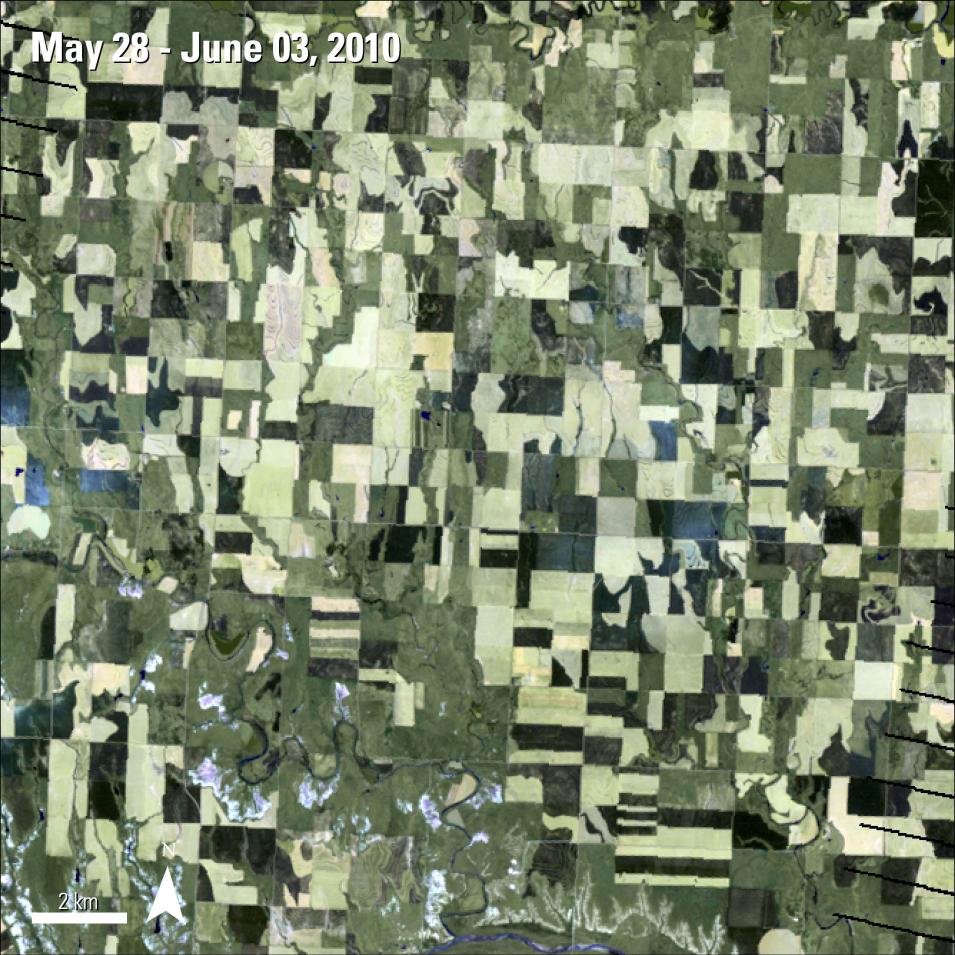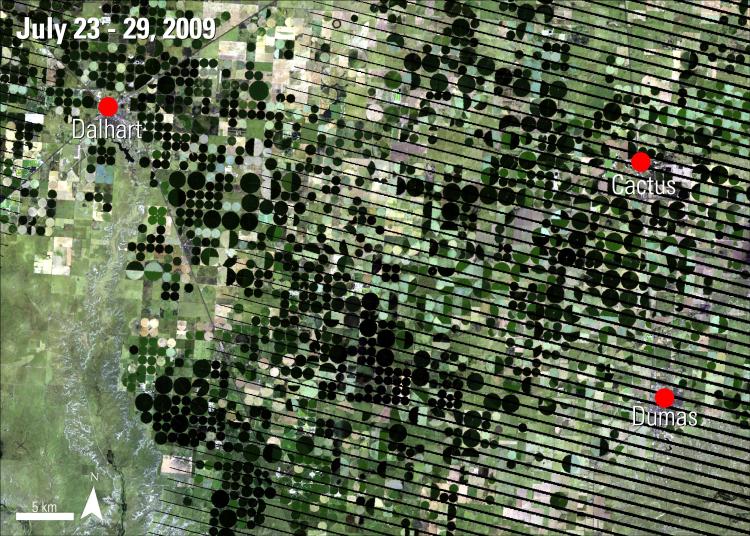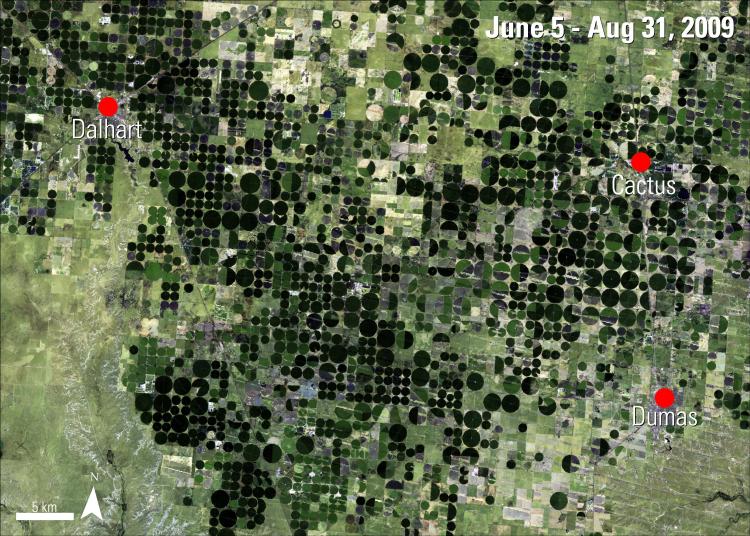About the Data
More information about WELD data:
Author's Note 5/15/2020: WELD data have since been decommissioned. Users are encouraged to use Global WELD (GWELD) data in place of WELD data.
References
Article References
Roy, D., Ju, J., Kline, K., Scaramuzza, P., Kovalskyy, V., Hansen, M., Loveland, T., and Zhang, C., 2010, Web-enabled Landsat Data (WELD): Landsat ETM+ composited mosaics of the conterminous United States: Remote Sensing of Environment, v. 114, p. 35-49, accessed February 16, 2016, at http://dx.doi.org/10.1016/j.rse.2009.08.011.
U .S. Geological Survey, 2015, Web-enabled Landsat data (Weld Projects): Landsat missions, accessed February 16, 2016.
U .S. Geological Survey, 2012, Weld: web-enabled Landsat data: U.S. Geological Survey, accessed February 16, 2016.
Yan, L., and Roy, D., 2014, Automated crop field extraction from multi-temporal Web Enabled Landsat Data: Remote Sensing of Environment, v. 144, p. 42-64, accessed February 18, 2016, at http://dx.doi.org/10.1016/j.rse.2014.01.006.
Yan, L., and Roy, D., 2016, Conterminous United States crop field size quantification from multi-temporal Landsat data: Remote Sensing of Environment, v. 172, p. 67-86, accessed February 18, 2016, at http://dx.doi.org/10.1016/j.rse.2015.10.034.
Imagery References
Granule IDs
May 28-June 3, 2010
- CONUS.week22.2010.h14v10.doy152to152.v1.5
July 23-29, 2009
- CONUS.week30.2009.h13v12.doy204to204.v1.5.hdf
June 5-August 31, 2009
- CONUS.summer.2009.h13v12.doy156to243.v1.5.hdf


